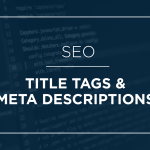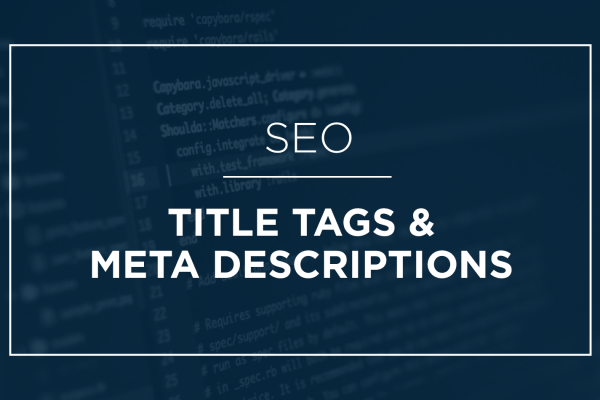There are certain tricks to writing an SEO compatible article. Thanks to these tricks, the websites where the created articles are placed start to rank well organically.
SEO, which covers the internal and external improvement works of a website, is a method that every website should implement. Websites can perform paid and free work to gain traffic. The work we call paid includes the advertising process. They can gain visitors by making works that will be advertised in places suitable for the target audience of the website. Even though this study provides a dynamism in the short term, it is necessary to animate the site in an organic way by using the free traffic, that is, content writing method, for the continuation of this dynamism in the long run.
Free traffic also supports paid advertising. This is why search engine optimization is so important to a website.
Websites designed to open a digital window to the world are all content titles and topics. Site visitors exit quickly when they cannot find what they are looking for. In order to extend this period, content that appeals to the target audience, that will inform them sufficiently and that will respond to what they are looking for should be on the website. As people visit, the search engine accepts this page as the main source and moves it to higher ranks where it will appear more organically.
How to Write SEO Compatible Content?
As an internet user, can you clearly reach the information you need while researching what you are interested in? In our search results on Google, we are often directed to articles that contain missing information. Most of the content writers use keywords so often just to be in the first place on Google that my reader experience is ignored. Content that is far from a semantic statement leads to negative results in the long run by reducing the length of time users stay on their websites. What are the rules for writing the most effective SEO-compliant content in terms of both the reader and the websites?
Spelling rules: Whether SEO is compatible or not, you should pay attention to language and spelling rules in all the content you write.
Integrity of Meaning: Make sure your content starts with an interesting introduction and continues with an informative development section. In the result section, use CTA (call-to-action, call to action) texts to target access to your website content or extra information.
Niche content: Use your own sentences to avoid copying and pasting while writing content. Be sure to mention this when you make a quote. Make sure your content is original and quality. Do research on the topic you are going to write and try to include information that is not found in the articles on other sites.
Keyword analysis: Which words / s do you want users to reach with your content? When creating your keyword strategy, use Google’s free keyword planner or Wordtracker, MOZ and Keywordtool.io, etc. You can achieve your goal in the most accurate way by using alternative tools.
Keyword Frequency: Avoid repeating the same keywords on a regular basis to ensure SEO is compatible. Allow users to reach your content by using alternatives to your keyword and by using relevant / synonymous keywords in similar searches. The keyword ratio in your content should be between 0.5% and 2.5%. While there are different views on the subject, Yoast SEO will alert you when you use keywords in excess of the need for similar add-ons. The point you need to pay attention to is not to use too many or too few keywords. Your content should be as organic as possible and move forward in a natural flow.
Content title: The title should start with a keyword, spaces should be an average of 50 – 70 characters and a minimum of 3 to a maximum of 6 words. At the same time, the headlines should be of a quality that attracts the reader’s attention.
Content length: Your content should be at least 300 – 500 words. Google loves long posts. For this reason, you can write between 1000 – 2000 words.
Paragraph length: The ideal paragraph length should be between 40 and 50 words on average, both to keep your readers’ attention fresh and from an SEO point of view. The recommended maximum length is 150 words. Similarly, the length of the line should be an average of 12 words.
Rich media elements: Enrich your content by placing informative or entertaining visuals (video, slide show, gif, cinemagraph, infographic, etc.) between paragraphs. Also, make sure that the images are of high resolution, regularity and quality.
Type F reader: Most website visitors read by reading the contents. For F-type readers, try to draw attention to the important parts of your content by making them bold, italic or colored.
URL: Permanent links must include your keyword and be in the maximum 50 – 60 character range. Make sure the URL structure is as short, clear, and lasting as possible.
SEO title: Your SEO title may be different from the content title. Keep your SEO title short, clear and interesting to create a clean image as a result of your Google search. Think about what words your readers will search for the topic you are writing, and try to drive traffic to your website by using question sentences, whether you want CTA text or not.
Meta description: Make sure that the meta description, which will give you information about your content in the search results, is not less than 120 characters and not longer than 156 characters. The keyword must be used in the meta description. It should even be at the beginning of the description if possible.
Heading tags: Make sure that the content headings H1, H2, H3, H4, H5 and H6 contain your keywords, use them in the right order and have a hierarchical structure.
Visual sub-tags: After adding the visuals, edit the sub-tags and associate them with your absolute keyword.
All of this while writing SEO-compatible content; You need to show that you are qualified, informative, helpful, curious, easy to read and fluent in a creative language.
To summarize, to create a content article compatible with SEO, determining the target audience, analyzing keywords according to the target audience, applying keywords correctly in the content, creating content titles and sub-titles, determining the length of the content, using Heading and Image Alt Tags, link exits, titles such as originality and quality can be given respectively.
















